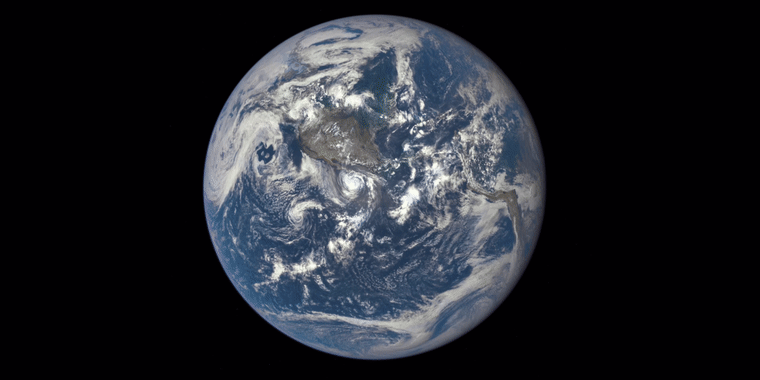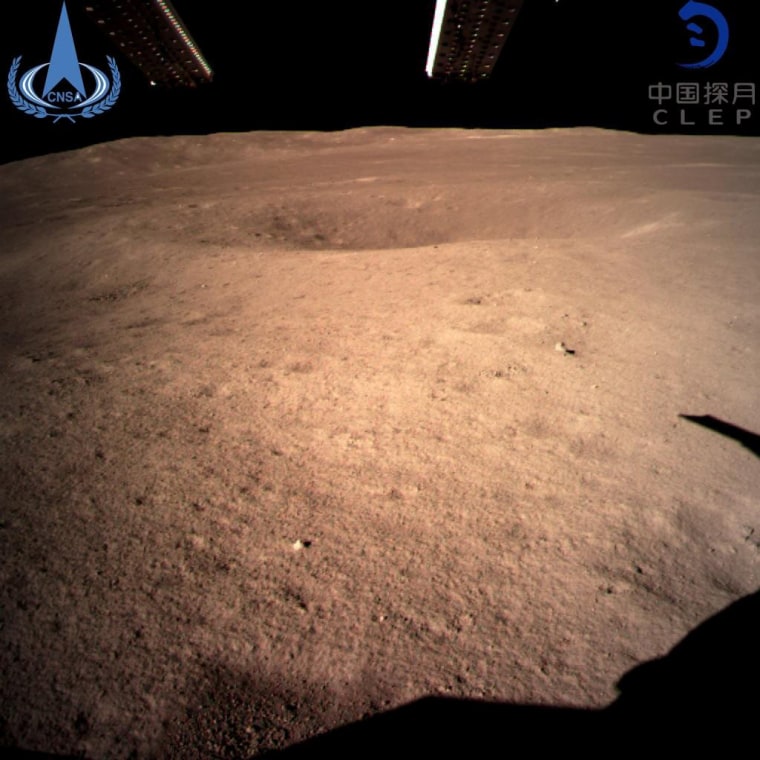5 2020年高考英语全国1卷语法填空材料出处
看到前面有网友关于寻找高考英语真题阅读材料的出处的问题,觉得太棒了!老师们太牛,连这种高考题材料出处都能挖出来。但前面网友对2020年高考英语真题的材料出处好像缺了几篇,即阅读理解第A篇的出处、完形填空题的材料出处以及语法填空题的出处。
2020年-高考英语-全国1卷-语法填空【寻求原文出处】
China has become the first country to land a spacecraft on the far side of the moon. The unmanned Chang’e-4 probe (探测器)—the name was inspired by an ancient Chinese moon goddess — touched down last week in the South Pole-Aitken basin. Landing on the moon’s far side is extremely challenging. Because the moon’s body blocks direct radio communication with a probe, China first had to put a satellite in orbit above the moon in a spot where it could send signals to the spacecraft and to Earth. The far side of the moon is of particular interest to scientists because it has a lot of deep craters (环形山), more so than the familiar near side. Chinese researchers hope to use the instruments onboard Chang’e-4 to find and study areas of the South Pole-Aitken basin. “This really excites scientists,” Carle Pieters, a scientist at Brown University, says, “because it means we have the chance to obtain information about how the moon is constructed.” Data about the moon’s composition, such as how much ice and other treasures it contains, could help China decide whether its plans for a future lunar (月球的) base are practical.
最佳答案 2021-02-08 09:31
https://www.nbcnews.com/mach/science/china-just-landed-spacecraft-moon-s-far-side-here-s-ncna954466 和这篇接近。
China just landed a spacecraft on the moon's far side. Here's what Chang'e 4 will teach us.
China’s historic landing of a spacecraft on the far side of the moon spotlights the nation’s growing abilities as a space power and sets the stage for new discoveries about this never-before-visited region of the lunar surface.
“This is a major accomplishment,” said Carle Pieters, a planetary scientist at Brown University. “This really opens up a whole part of the moon that hasn’t been explored in detail.”
The robotic Chang’e 4 probe touched down at 10:26 a.m. local time in Beijing, landing within the South Pole-Aitken basin, a vast crater near the moon’s south pole. Shortly after landing, the probe beamed back its first photo of the lunar surface and released a small rover that will roam the landing area.
Related
In addition to cameras and the rover, Chang'e 4 is equipped with instruments to study the terrain and its mineral composition. It also holds fruit flies, yeast and several species of green plants, including cotton and potatoes — bringing the first life known to exist on the planet since the last Apollo astronauts departed in 1972.
“I could imagine this kind of experiment providing important information on how agriculture might work on the moon for future human colonies,” Briony Horgan, an assistant professor of Earth, atmospheric and planetary sciences at Purdue University, told NBC News MACH in an email.
The Chang’e 4 landing was the first time a spacecraft had ever touched down on the moon’s far side, though many have studied the region from lunar orbit. The far side isn’t visible from Earth because our planet and the moon are tidally locked. That means the moon’s rotation is synchronized with its orbit around Earth and thus the near side always faces the planet.

Humanity got its first glimpse of the moon's far side in 1959, when the Soviet Luna 3 probe photographed the region from lunar orbit. “Right away, we saw that the far side doesn’t look like the near side,” Pieters said. “Since then, we’ve been asking, Why is it so different?”
Scientists have long known that the far side has many more impact craters than the near side, evidence of a long, violent history of asteroid strikes. The moon’s crust is also thicker on the far side, but it’s not clear why these differences exist.
“Geologically, there is a great dichotomy on the moon,” said Bradley Jolliff, a planetary scientist at Washington University in St. Louis. “This is a great mystery that has not been solved.”
Scientists hope the Chang’e 4 mission — and a follow-up that China’s space agency has scheduled for the end of the year — will help answer some of these questions. The planned Chang'e 5 mission will attempt to land on the moon and return to Earth with samples of its soil.
The South Pole-Aitken basin, one of the largest and oldest impact craters on the moon, is 1,500 miles wide and eight miles deep — so deep that the mantle, the region of the moon below the crust, is thought to be exposed.
“It’s larger than anything we have on the near side and rivals any basin on other planetary bodies,” Pieters said of the basin. “This really excites lunar scientists because it means we have the opportunity to obtain information about the interior of the moon and how it’s constructed.”

By probing the moon, Chang'e 4 could also yield information about how Earth formed and evolved.
“These very large basin-forming impacts were occurring on Earth as well,” said Harrison Schmitt, a geologist-turned-astronaut who walked on the moon in 1972 as part of NASA’s Apollo 17 mission. “One of the most fundamental things we’ve learned from the moon is the early history of Earth, when life was forming here on this planet. We can study the environment of the solar system when life was getting started.”
In addition to shedding new light on our own neck of the solar system, the probe will be used to conduct astronomical observations that are difficult to do from the Earth’s surface.
“The far side of the moon is one of the most radio-quiet environments in the solar system because it’s protected from all the radio noise that we generate on Earth,” Jolliff said. “This means we could make observations at wavelengths and frequencies that help fill in the gaps from the early times of the universe.”
But for all the ways in which scientists expect the Chang’e 4 probe could advance our knowledge, they seem especially excited about unanticipated discoveries.
“When you haven’t really seen half of the moon and haven’t sampled it, there’s a lot to learn,” Schmitt said. “We haven’t explored much of the moon, really. We’ve only had six [crewed] landings and samples from six different places, but that’s not very much when you think about the size of the moon.”
如果觉得我的回答对您有用,请随意打赏。你的支持将鼓励我继续创作!

- 3 关注
- 2 收藏,7510 浏览
- goldroad 提出于 2021-01-24 17:12
相似问题
- 2020年高考英语全国1卷完形填空材料出处 1 回答
- 2020年高考英语全国1卷阅读理解A材料出处 1 回答
- 2020年高考英语全国1卷阅读七选五原文出处 3 回答
- 2020年高考英语全国1卷阅读理解D原文出处 1 回答
- 2020年高考英语全国1卷阅读理解C原文出处 2 回答
-
 《高考英语备考1号·速效编》
《高考英语备考1号·速效编》
-
 《高考英语备考1号·写作编》
《高考英语备考1号·写作编》
-
 《高中英语晨读晚记》
《高中英语晨读晚记》
-
 《高中英语错题笔记》
《高中英语错题笔记》
-
 《零起点考大学英语》
《零起点考大学英语》
-

